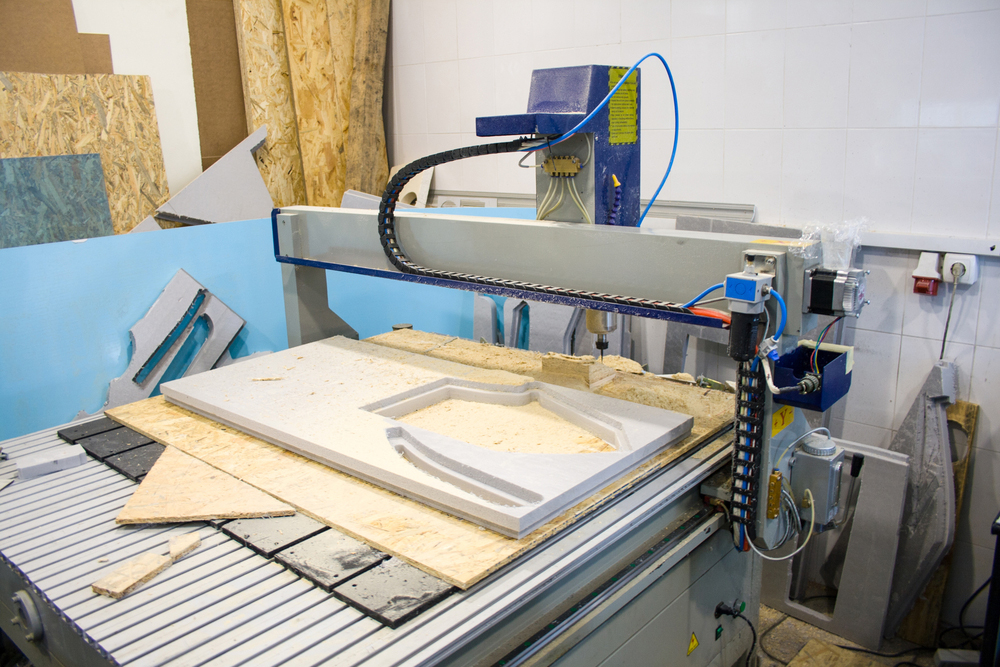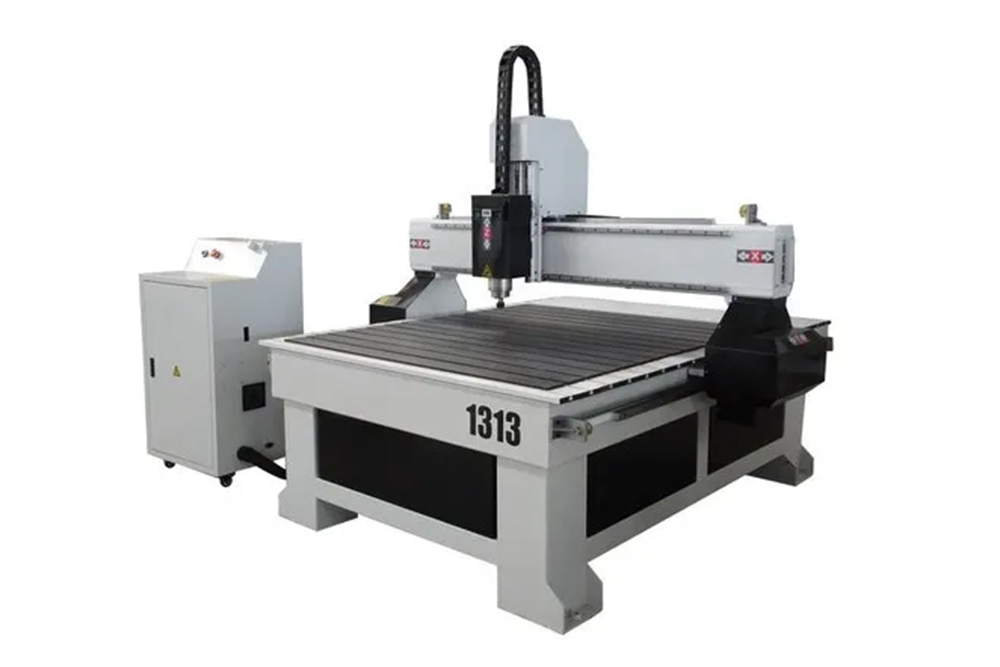


Imagine a tool that dances with precision, carving intricate designs, crafting smooth edges, and shaping your ideas into reality within a whirlwind of wood shavings. That’s the power of the router machine, a versatile workhorse that reigns supreme in woodworking workshops and beyond.
What it does:
- Shaping and sculpting: Routers excel at cutting grooves, dadoes, mortises, and rabbets, shaping edges, and creating decorative profiles.
- Creating patterns and inlays: Versatile bits let you carve intricate designs, lettering, and inlays with impressive detail.
- Finishing edges: Achieve perfectly smooth, rounded, or beveled edges for a professional look.
- Trimming laminates and veneers: Seamlessly flush edges of countertops, cabinetry, and other projects.
Key parts:
- Motor: The heart of the machine, spinning the cutting bit at high speeds.
- Base: Provides a stable platform for guiding the router over the material.
- Collet: Securely holds the cutting bit in place.
- Depth adjustment mechanism: Controls how deep the bit cuts into the material.
- Handles: Offer control and balance during operation.
Types of router machines:
- Fixed-base routers: Versatile for most tasks, with a stationary base.
- Plunge routers: Allow precise depth control for plunging into the material mid-cut.
- Trim routers: Compact for detail work and edge trimming.
Common uses:
- Furniture making: Intricate joinery, decorative accents, and smooth edges.
- Cabinetmaking: Door and drawer construction, panel profiling, and countertop trimming.
- Sign making: Carving letters and designs.
- Woodworking projects: Crafting intricate designs for boxes, frames, toys, and more.
- Crafting: Creating unique shapes and patterns in various materials.